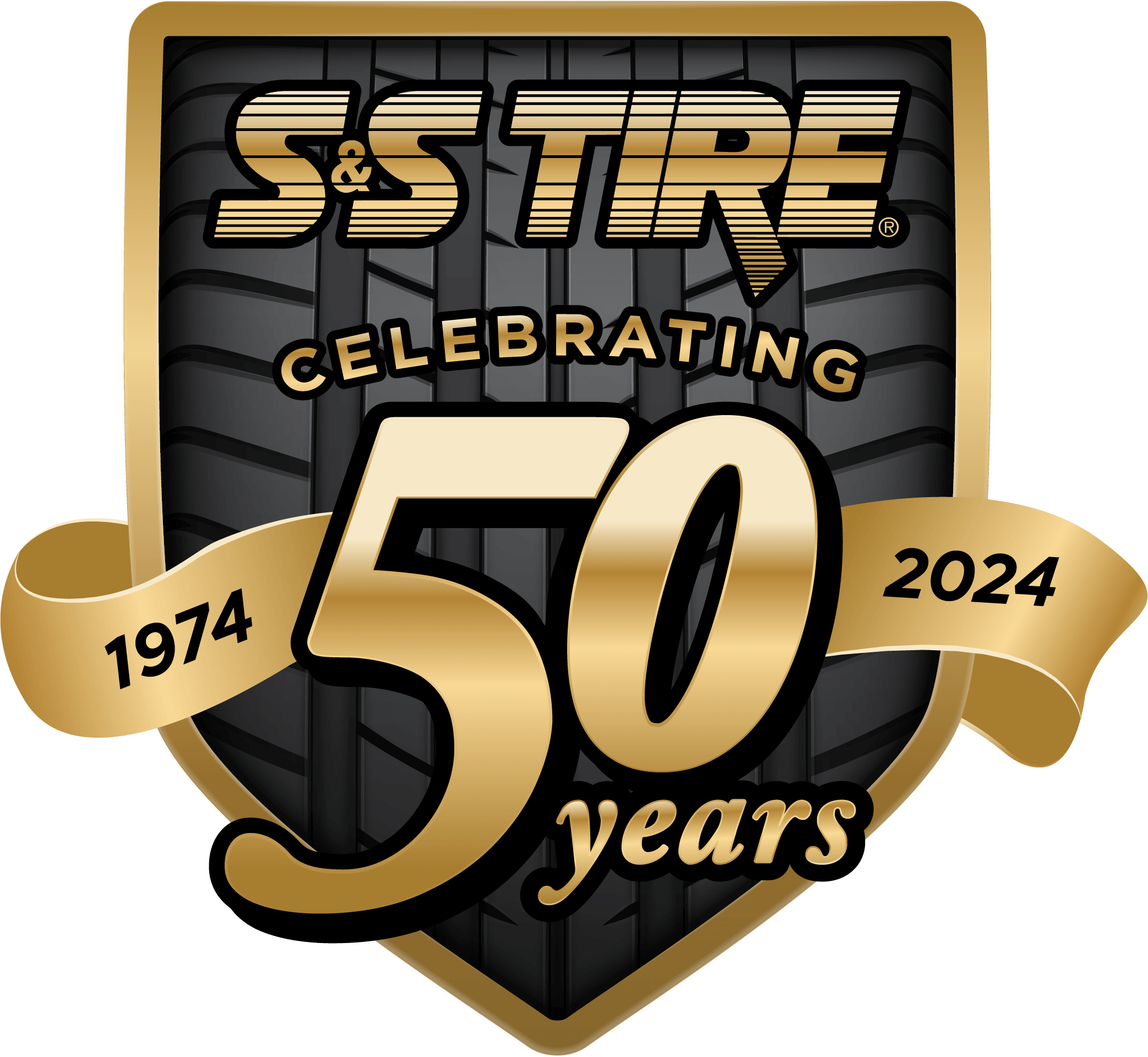Dear Tracy,
I have heard the term “rolling resistance” used in describing tire features. Can you tell me what rolling resistance means and why it is important?
Kaitlyn D.
Dear Kaitlyn,
Rolling resistance is a term that describes the force resisting motion as a tire moves along the surface of the road. Most vehicle manufacturers install original equipment tires with low rolling resistance to optimize performance for government Corporate Average Fuel Economy (CAFE) mandate testing. Tires developed for lower weight and rolling resistance are often constructed with thinner sidewalls and shallower tread depths. The materials that go into tires can also have an impact on rolling resistance. While tires with low rolling resistance are good for fuel economy, these tires may not have all the features you need for your replacement tires.
The kind of tire you put on your car should offer both performance and safety for your particular model, as well as the kind of driving you do on a day to day basis. Weather factors may also be a consideration if you happen to live in a climate that experiences extreme conditions on a regular basis.
In today’s market, most tire manufacturers offering fuel-saving, low-rolling-resistance tires. Make sure you work with your tire dealer to find a quality tire that offers the right features for your needs, vehicle, and budget.
While we are on the subject fuel economy, remember that proper tire maintenance is essential in getting the best fuel economy, and maximizing the life of your tires. Check tire pressure at least once a month, and keep the pressure at the level recommended by your vehicle’s manufacturer. Scheduled maintenance checks on balance and alignment will also help you get the best mileage and optimum performance life from your tires.
